A12Z Bionic
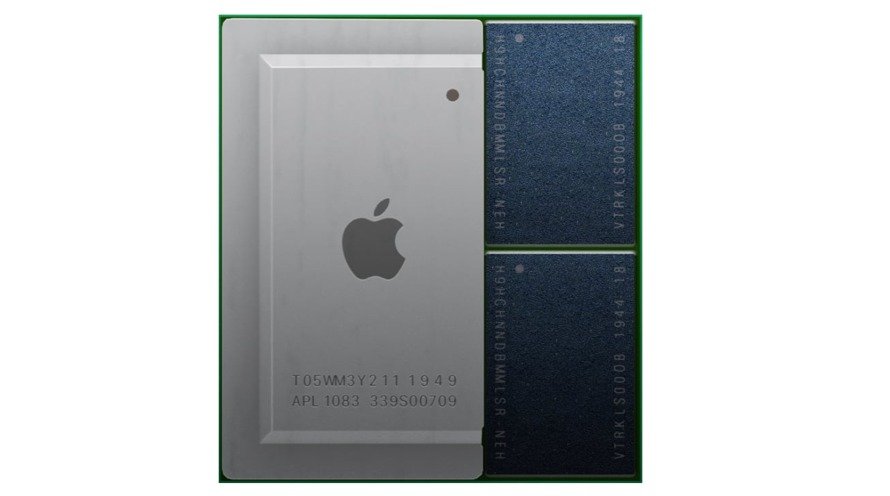
The A12Z Bionic is Apple's third offering in the A12 series of system-on-chips designed by the company. From its origins of being a mobile-centric processor, the A12Z has become important to the future of the company. It was the first A-series chip to be used as the processor in Mac developer kits.
● Introduced in 2020
● 8 core CPU, 8 core GPU
● 2.49GHz clock speed
● Produced with 7nm process
● First used in 2020 iPad Pro
● Used in Mac development kits
● Compatible with Stage Manager
Page last updated:
Get Apple News Directly in Your Inbox
First revealed in the 2020 version of the iPad Pro, the A12Z Bionic is Apple's latest A12-series processor. As a system-on-chip, it is more than just a processor, as it handles graphical duties as part of its architecture and processing.
It is a 64-bit ARM-based chip designed by Apple and features eight computing cores in a big.LITTLE configuration. This consists of four Vortex cores as the “big” performance-focused cores, alongside four high-efficiency Tempest cores that conserve power. It has a maximum clock speed of 2.49GHz.
Onboard, it has 128KB of L1 cache for instructions, 128KB for data, and an 8-megabyte L2 cache. The cache level remains unchanged since the introduction of the A12.
Graphics processing is performed by a collection of eight GPU cores, the highest number offered on an A-series chip. It also has an embedded M12 coprocessor, used to collect and process sensor data. This reduces the central processing unit's workload.
Dedicated neural network elements in the chip power Apple's Neural Engine, consisting of eight cores and performing up to 5 trillion 8-bit operations per second. The Neural Engine powers the machine learning functions and advanced computationally intensive features of apps.
TSMC, a long-time Apple partner, manufactures the A12Z under contract. It uses a 7-nanometer process. For the iPad Pro, the chip also has 6 gigabytes of memory installed on the SoC.
At the time of the iPad Pro launch, Apple claimed the A12Z had the "highest performance ever in an iPad," thanks to the extra GPU, as well as an enhanced thermal architecture and tuned performance controllers.
Earlier Chips
The A12Z is the third in a series of A12-series chips, starting with the A12 in the iPhone XS, iPhone XS Max, and iPhone XR. It consists of a six-core GPU combining two Vortex cores with four Tempest cores. It also has a four-core GPU.
The A12X followed in the 2018 iPad Pro. Apple used it as an upgraded version of the A12 intended for the high-end tablets. Apple kept the chip design largely the same but increased the CPU core counts to eight. The CPU setup consists of four Vortex and four Tempest cores.
At the same time, Apple increased the number of GPU cores the A12X used, from four to seven cores. Other elements of the chip's design remained the same.
Rebinning Controversy
The introduction of the A12Z sparked controversial rebinning claims. Initial benchmarks for the chip suggested that its main processing performance was similar to that of the A12X, while its GPU was better because of the extra GPU core.
Analysis of the A12Z and A12X chips revealed that the two chips are almost identical, with Apple reusing the same design with identical CPU and memory configurations. Rather than adding an extra core, Apple was reactivating a core that had been deactivated in the A12X.
Chip binning is a process where a chip manufacturer may disable cores and frame a more capable chip as a lesser version. One example would be deactivating two of a processor's four physical cores and selling it a dual-core chip. Typically, the process is performed in cases where a core is faulty during its manufacture.
In Apple's case, it supplied the A12X with eight physical GPU cores, but with seven activated. The eighth was disabled either because of an issue or that the company deemed the seven other cores to be enough.
While the reasons for selling unbinned chips as the A12Z remain undisclosed, Apple is likely benefiting from higher processor yields. So, it eliminated the need for binning the chip due to lower losses.
Mac, macOS, and the Developer Transition Kit
At WWDC 2020, Apple confirmed it was moving its Macs away from Intel processors in favor of Apple Silicon, its own chips. The move started with the first new Macs running the M1 chip, including late-2020 models of the 13-inch MacBook Pro, MacBook Air, and Mac mini. Apple anticipates a full transition to Apple Silicon within two years.
To assist with development, Apple provided developers with a Developer Transition Kit. This consisted of a Mac mini enclosure with altered components. This setup offered a way to natively test software in macOS Big Sur without relying on emulation or needing to use the Rosetta 2 translation software.
As a stand-in for Apple Silicon, Apple used the A12Z as the SoC in the Developer Transition Kit. The ARM-based chip was an effective analog for developers to use before consumer-grade Macs with Apple Silicon launched.
Rather than 6 gigabytes of memory, Apple used 16 gigabytes in the DTK.
Moving to M1
When Apple built the M1 processor for Mac it was clear that Apple had taken inspiration from its work with the iPhone and iPad processors. However, it was a surprise when Apple added the M1 to the 2021 iPad Pro lineup rather than an A14X as was expected.
Apple was clear that the architecture for the M1 was built with macOS in mind, but since the entirety of iOS, then iPadOS was built on the same foundation as macOS, it makes sense that the iPads could benefit from the same processors as the Mac.
Some features were beginning to become limited to M-series processors, but after user outcry, Apple went back to the drawing board. So, iPad Pros running the A12Z Bionic and A12X Bionic have access to Stage Manager in iPadOS 16, but do not get full external display support.
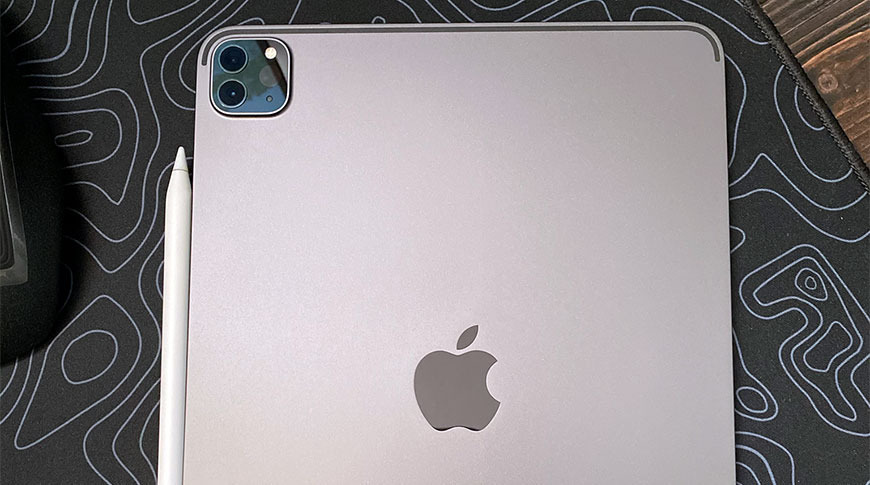
![The GPU layouts of the A12Z and A12X are identical [via TechInsights]](https://photos5.appleinsider.com/gallery/0-67604-35340-64799-200413-A12Z-xl-xl.jpg)
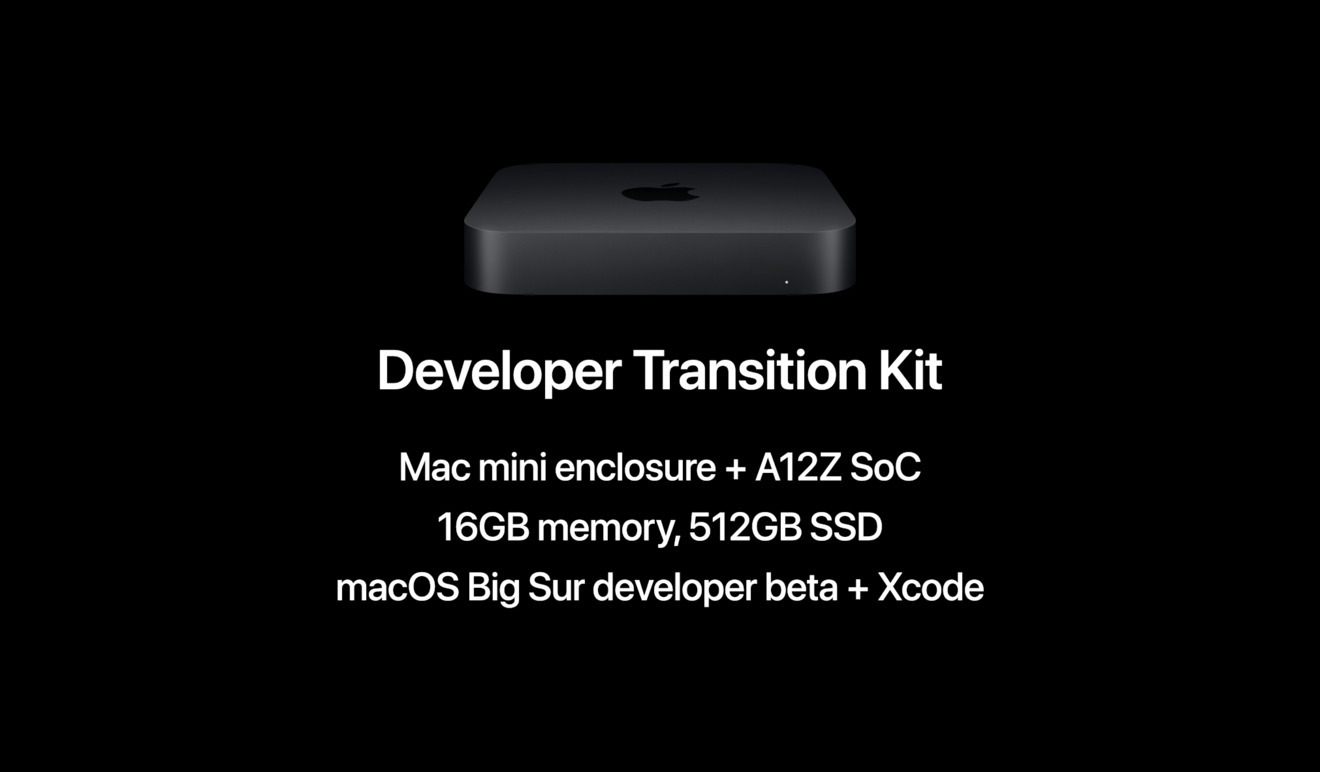
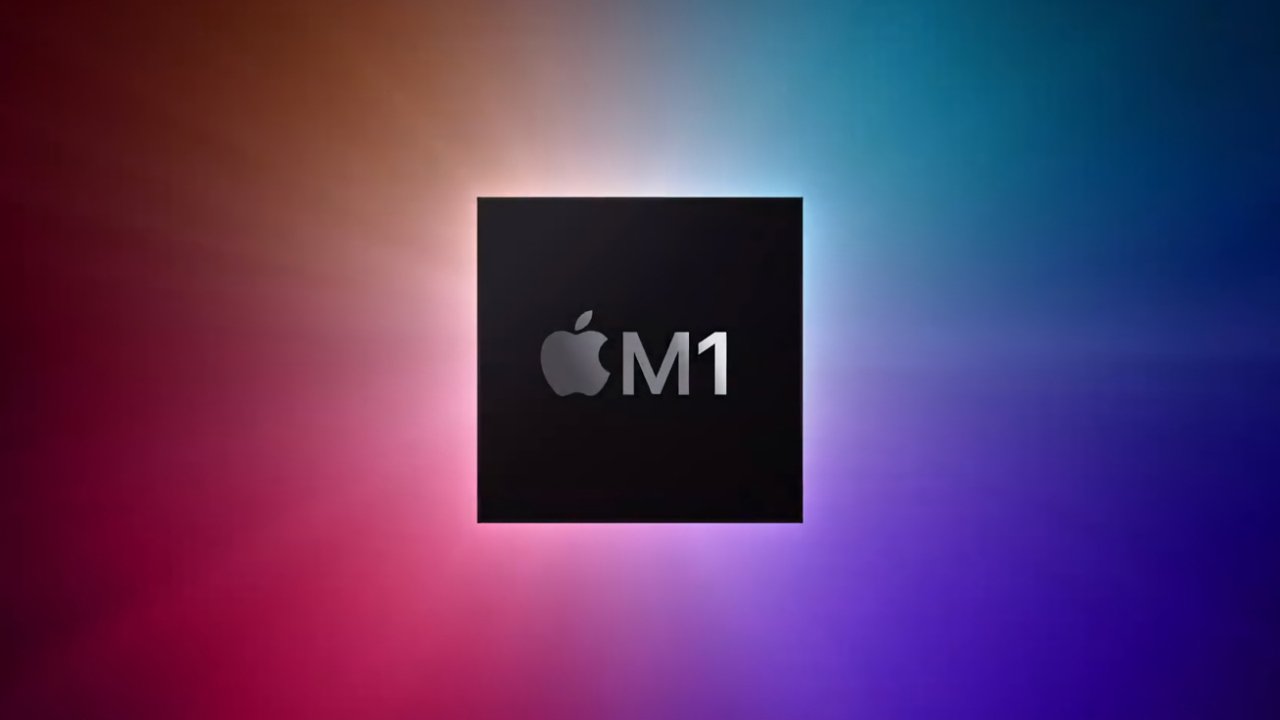

 Malcolm Owen
Malcolm Owen
 Mike Peterson
Mike Peterson
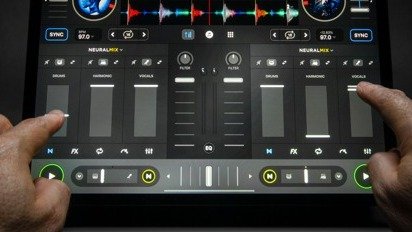
 Daniel Eran Dilger
Daniel Eran Dilger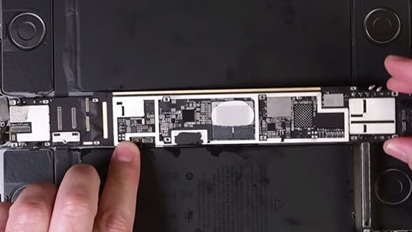
 AppleInsider Staff
AppleInsider Staff
 Mikey Campbell
Mikey Campbell

